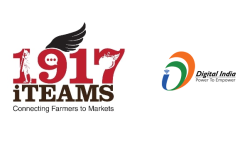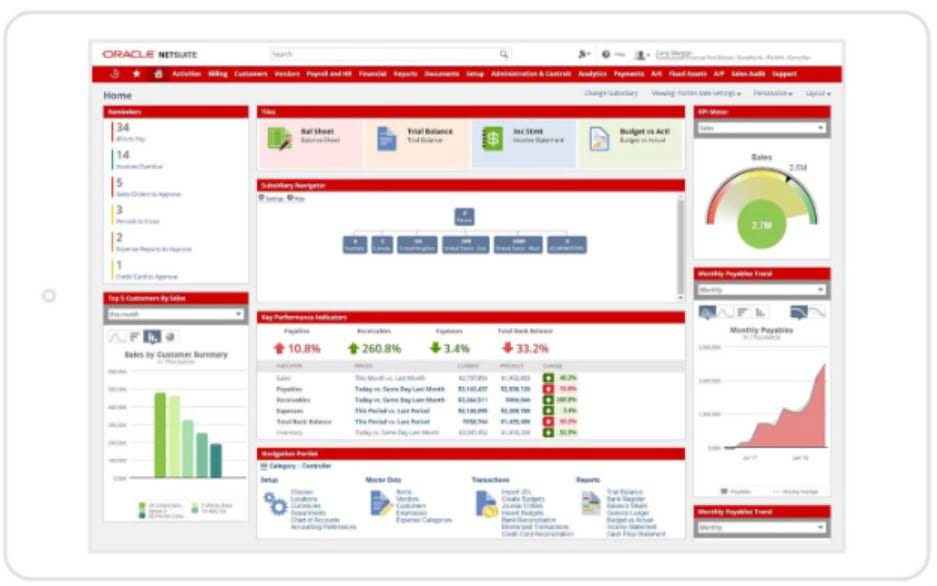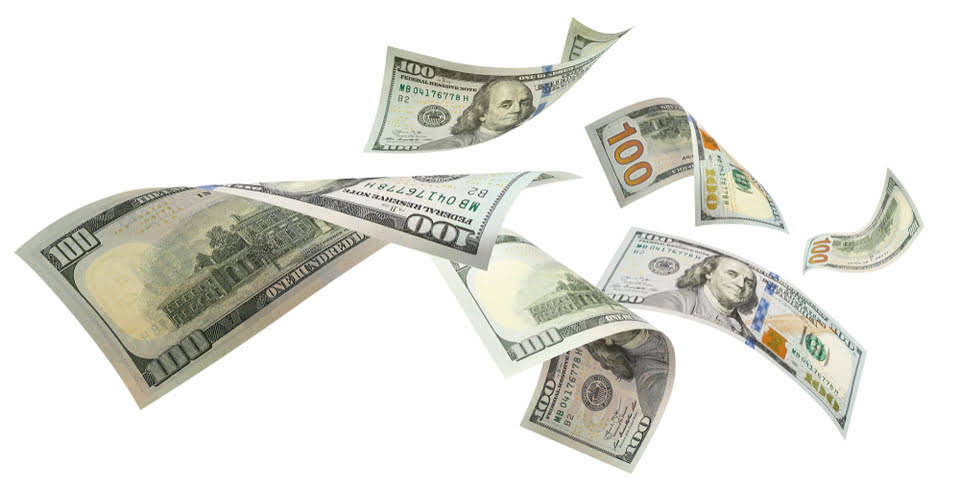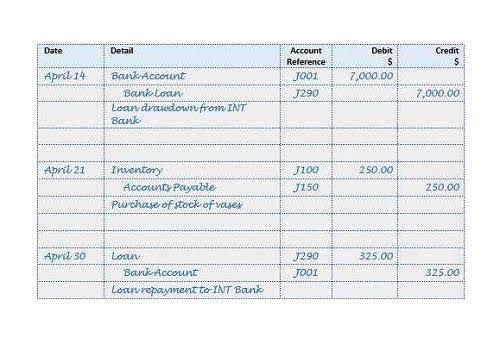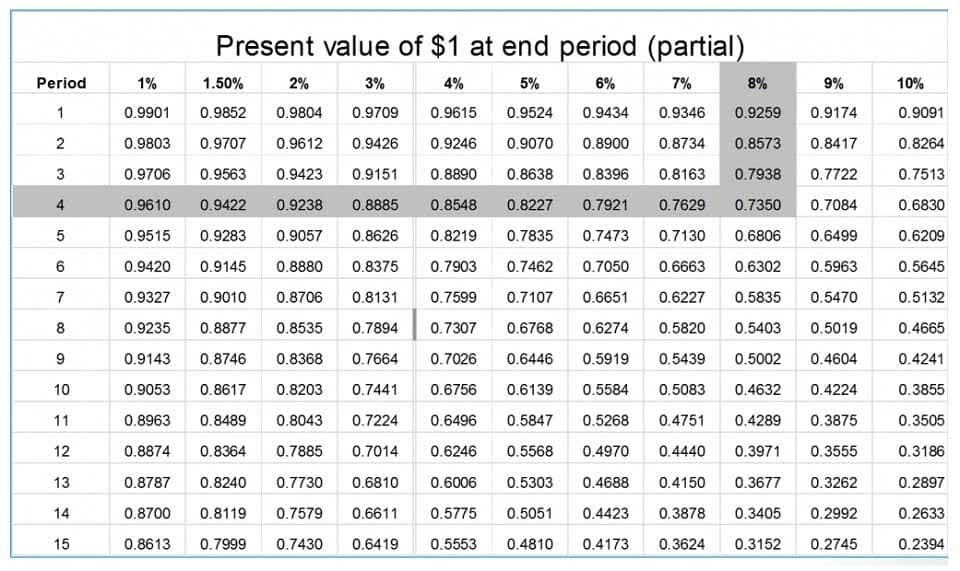If your business is off to a good start but isn’t turning a profit, you may be able to attract investors looking for high-growth opportunities. Selling shares will give you cash to work with and more time to try new strategies to increase revenue. For example, if a startup founder determines the burn rate is $55,000, and the company has $350,000 left in capital, they know they have about six months left to secure additional funding or face insolvency. If they don’t expect to become profitable for at least ten more months, they may need to engage in cost-saving measures immediately to reduce the burn rate and buy a bit more time. As cash in the bank is what is the formula for determining burn rate usually more difficult to obtain than burn rate is to alter, it’s important for businesses to adapt their burn rate to fit their cash reserves. Cash burn is the rate at which a company uses its cash reserves to cover expenses.
Semler Scientific Acquires Additional 871 Bitcoin for $88.5 Million
To calculate runway, we recommend taking the average burn rate over the last three months and applying it to your cash balance. Then, to calculate your cash runway, divide your current cash holdings ($250,000) by your monthly burn rate ($50,000). In simplest terms, burn rate is the rate at which a company loses — or “burns through” — its capital over the course of conducting business operations. The concept of managing your burn rate has become incredibly prevalent in today’s startup sphere as more and more new businesses take longer and longer to turn a profit. A company with a high burn rate can find itself scurrying for cash from banks or creditors as a result.
Key Buy Signal: MVRV Ratio in the ‘Opportunity Zone’
- Burn rate is chiefly used to calculate a business’s “cash runway” — the amount of time a business can operate at a loss before the coffers run dry.
- Cash burn is the rate at which a company uses its cash reserves to cover expenses.
- Regularly calculating these rates can improve operational efficiency and financial decisions, enhancing a company’s overall cost structure.
- For example, many food delivery start-ups are in a loss-generating scenario.
- Cutting expenses and, in turn, stalling growth should be something of a last resort.
- Understanding gross burn rate helps identify key cost drivers and assess operational efficiency.
Your cash runway measures how long your cash will last at your current https://www.bookstime.com/ cash burn rate. The higher your cash runway—or the lower your burn rate—the more likely it is your business will survive. The lower your business’s burn rate, the more likely your business will survive low-revenue quarters.
- In addition to these calculations, knowing how to calculate runway is essential.
- You can export your spend data directly to Xero, and use our Personio integration to automatically set up new Moss users whenever a new team member joins your company.
- Layoffs often occur in larger start-ups that are pursuing a leaner strategy or that have just agreed to a new financing deal.
- Gross burn rate is calculated by gathering together data from all sorts of different financial reports.
Analyze pricing and revenue streams
It’s a vital component that will guide how fixed assets you spend, how you forecast, when you opt to turn to investors, and how you make strategic decisions for your business. But for leadership at a startup, a high one isn’t necessarily the worst thing in the world. For instance, let’s say your burn rate is $50,000 per month and you’re looking to procure a capital infusion. Most investors and entrepreneurs recommend having at least twelve months of runway available at all times.
The general recommendation for a startup business is to have three to six months of expenses on hand. A good burn rate would fall between $33,334 (three months) and $16,667 (six months) if the company has $100,000 in the bank. A company’s net burn rate is the total amount of money it loses each month.
- But there are a few circumstances that may result in your burn rate coming back negative.
- These are just a few examples that can affect your business’s profitability.
- The lower your business’s burn rate, the more likely your business will survive low-revenue quarters.
- The net cash burned by operations and investing activities amounted to over $7.65 million, a burn rate of roughly $800,000 per month.
Monitoring the net burn rate is essential for understanding the sustainability of current operations and planning for future financial needs. Gross burn rate represents the total cash outflow a company incurs monthly to fund its operations, excluding any revenue generated. This includes all operating expenses such as salaries, rent, utilities, and other overhead costs.
